QUICKIE NEWSLETTER 11 page 3
- Details
- Category: QAC Newsletters
- Published: Saturday, 11 November 2006 13:11
- Written by Quickie Aircraft Corporation
- Hits: 2286
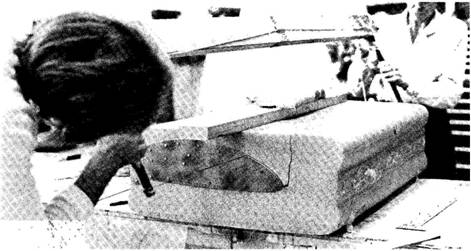 |
creation,
then by all means go out and find a Revmaster 2100D that was bought
years ago when the dollar was worth a
dollar, and then left in storage instead of being used in an aircraft.
Revmaster even has a service to bring these engines in house for dyno
testing and reworking, all for a modest fee. This route could get you
into the
air in a Q2 with all the trimmings for less than $7500.00.
|
|
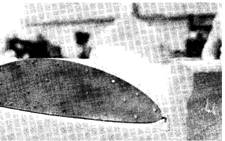 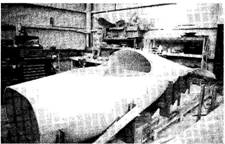 |
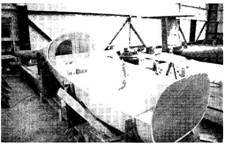 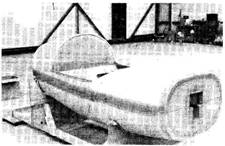 |
|
| Left to right from top: 1. Mel and Dave hot wiring a canard core from a foam block. 2. The finished hot wire cut around the canard core template. 3. Q2 fuselage shells and bulkheads positioned together on the jigging table. 4. All four Q2 fuselage shells jigged in place. 5. The Q2 forward fuselage section with all joint bonding completed. The portable stand is helpful for gaining cockpit hours before the aircraft is finished. |
||
| MORE Q2 NEWS .....We want to use this newsletter to answer some of the many questions that we have been asked over the last 3 months concerning the Q2. We have an information package available on the Q2 for $10.00, so the information here should be considered a supplement to that package. .....Many of you want to know if the Continental A65 thru C85 series engine will fit. Size and weight wise, the answer is yes. If there is sufficient interest shown by the builders, we would consider making plans, propeller, cowling, exhaust system, engine mounts, etc. available for the Continenal, just like we currently have the same parts available for the Revmaster. So, if your intent on installing a Continental, go ahead. You will still need all of Package 1 of the Q2 kit. We at QAC feel more comfortable with the Revmaster, which allows |
the builder to obtain a new engine with proven aircraft reliability over a 12 year period. This is because there are no more new small Continentals, and the existing ones have been overhauled in some cases using used parts. Frankly, we think that anyone building a homebuilt aircraft should use a brand new engine; the investment in time and money on the rest of the project warrants it. Some other designers encourage purchasing well used engines because it makes the cost of the finished aircraft look much less (we all know the high prices for new engines). However, these same designers seldom reveal the results of using used engines; frequent maintenance that gets expensive, occasional crashes due to engine failure, even with freshly overhauled engines, and, overall, much less peace of mind, If all that doesn’t convince you about the advisability of a new engine in your | |



